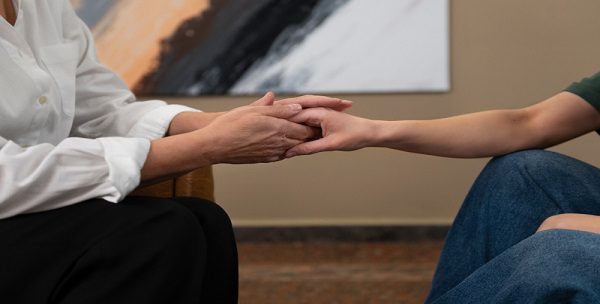
The Unseen Benefits of Individual Counseling for a Better Life
February 26, 2025There are many scholarly articles on exactly what parts of the brain get activated during traumatic experiences and how that can affect other parts of the brain, including freeze response or an adrenaline rush. With my clients, however, I try to break this information down into simple everyday concepts that people can relate to and understand. Anytime a person goes through a trauma, a hurt, disappointment, or suffering, the brain works overtime to try to make sense of it so it knows how to keep you safe from ever experiencing that hurt again.
Three Key Steps in Processing Trauma
- The first step in that process is to understand that the event is over and in the past.
- The second step is understanding how this could have happened so I can come up with a specific plan to hopefully never endure something like this again.
- The final step is understanding the loss that I’ve experienced and grieving it so I can heal and begin to fundamentally put it down.
Stuck on Step One: Post Traumatic Stress Disorder
When dealing with post-traumatic stress disorder (PTSD), the brain gets stuck on step number one. How do you know when the mind is stuck on step number one? Some of the symptoms include nightmares or flashbacks, being on “high alert,” feeling like things aren’t real, constantly thinking about the event, or having an unreasonable level of fear that the event is happening or will happen again. There are other symptoms associated with PTSD, and some people might only experience one or two while some have several. The important thing to understand is that this can be a very normal reaction to severe trauma and it is very treatable.
Addressing PTSD: What to Do?
The next question people often ask is what to do about post-traumatic stress disorder? The way I explain it to my clients is the brain has to have the opportunity to go back and finish the rest of the processing for that trauma to really understand that it’s over and allow you to move on to the second step. This is usually done through therapy. Sometimes this is done through traditional talk therapy and sometimes through hypnosis. One of the best forms of therapy for PTSD is something called Eye Movement Desensitization and Reprocessing (EMDR).
EMDR Therapy for PTSD
With EMDR Therapy, the client will go back and focus on the trauma while experiencing some type of bilateral stimulation. Bilateral stimulation is simply a fancy way of describing anything that seems to activate both sides of the brain. Examples of this include eye movements that go side to side or sometimes clients can hold little “buzzers” that alternate vibrations from one hand to another. Sometimes with children, you might even alternate tapping on their knees. While it is not necessarily completely understood as to why this is so effective, there are many studies out there that confirm the results, demonstrating that this often times allows for fairly rapid and thorough processing of traumatic events.
Understanding Responsibility and Control
Once the brain is able to realize the event is over, then it works very hard to try to understand how this could have happened so it knows how to protect you from going through something like this again. While the mind is processing this, one of the first things it does is it tries to make it about us. Why? Because if this loss or trauma is somehow my fault, then all I need to do is fix me and I’ll never have to go through something like this again. Often times this isn’t rational, and the brain eventually gets past this point, but it usually starts there because it makes us feel like we have control and therefore we are safe.
Grieving to Heal
The final step in this process is grieving to heal. Those words kind of mean the same thing, specifically that grieving is how we heal. How do we grieve? We talk about our hurts and allow ourselves to feel them. This is what allows us to fundamentally put something down instead of continuing to carry it with us. Are you dealing with post-traumatic stress disorder or even feel like you may just be stuck in some trauma, trauma therapy can be a very powerful step to help you begin to heal and feel whole again.
If you have any specific questions or would like further information on any aspect of the article, please feel free to ask.




